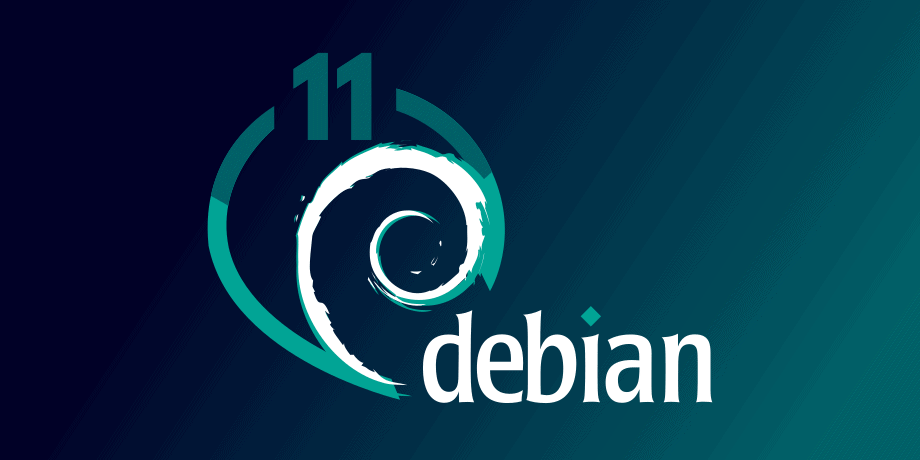After over two years of development, the Debian Project released the latest stable version of its operating system, code name “Bullseye,” today. This is a little over two years since the release of Debian 10 “Buster,” which came out on 6 July 2019.
Debian is one of the most stable and versatile Linux distributions. Since many operating systems are based on it, the release of Bullseye will hugely impact the Linux community overall.
Related: Debian vs. Ubuntu For Server Use, Which One To Choose
Releasing Debian 11 doesn’t mean Debian 10 “Buster” is abandoned. Debian supports the previous version for at least twelve months following a new release before it moves to the LTS and eLTS teams for further maintenance.
What’s New in Debian 11 Bullseye
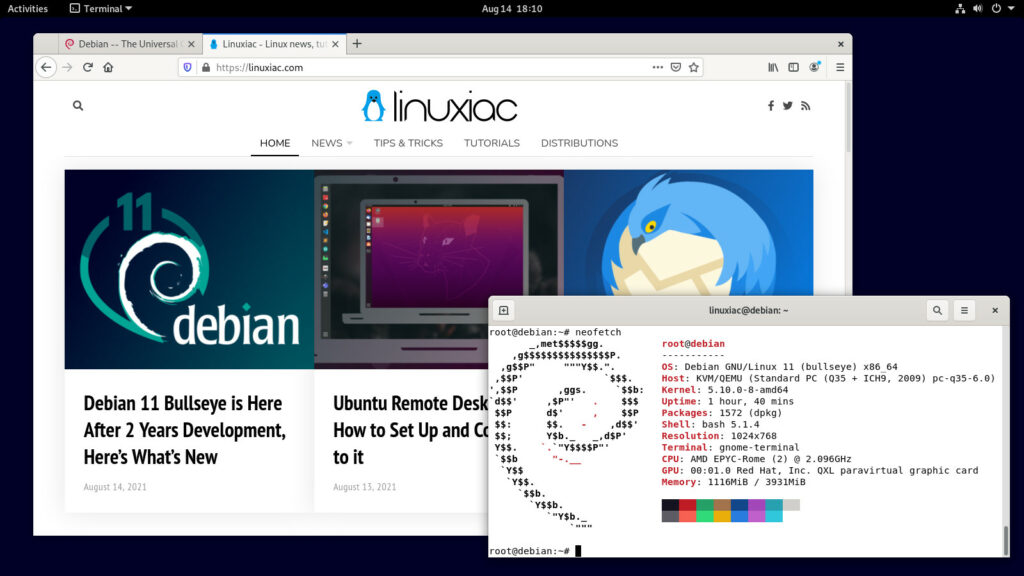
Generally, Debian stable releases contain very few surprises or significant changes. However, it is interesting to note that Debian 11 continues to support the 32-bit architecture, something that’s becoming increasingly rare in popular Linux distros.
New Theme
You’ll first notice Bullseye’s new theme, Homeworld, created by Juliette Taka. She says this theme was inspired by the Bauhaus movement, an art style born in Germany in the 20th century.
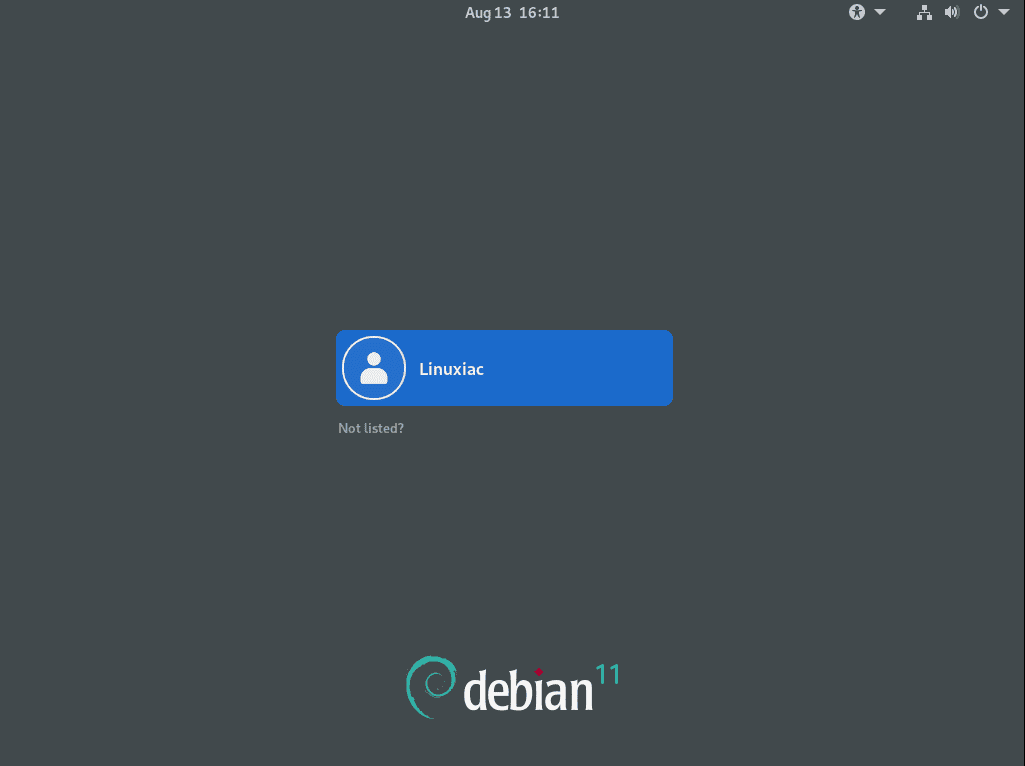

Updated Package Base
The Linux kernel in Bullseye has been updated to version 5.10. Devs will support this long-term support kernel until December of 2026.
As is typically the case with Debian releases, Debian 11 comes with even more new packages. This update includes 11294 new packages, bringing the total to 59551 packages.
Some popular end-user software packages have been updated; these include LibreOffice 7.0, Calligra 3.2, and GNUcash 4.4.
Among many others, this release also includes the following software updates:
| Package | Version in 10 (Buster) | Version in 11 (Bullseye) |
|---|---|---|
| Apache | 2.4.38 | 2.4.46 |
| BIND DNS Server | 9.11 | 9.16 |
| Cryptsetup | 2.1 | 2.3 |
| Dovecot | 2.3.4 | 2.3.13 |
| Exim default e-mail server | 4.92 | 4.94 |
| GNU Compiler Collection | 8.3 | 10.2 |
| GIMP | 2.10.8 | 2.10.22 |
| GnuPG | 2.2.12 | 2.2.20 |
| Inkscape | 0.92.4 | 1.0.2 |
| GNU C library | 2.28 | 2.31 |
| lighttpd | 1.4.53 | 1.4.59 |
| MariaDB | 10.3 | 10.5 |
| Nginx | 1.14 | 1.18 |
| OpenSSH | 7.9p1 | 8.4p1 |
| Perl | 5.28 | 5.31 |
| PHP | 7.3 | 7.4 |
| Postfix | 3.4 | 3.5 |
| PostgreSQL | 11 | 13 |
| Python 3 | 3.7.3 | 3.9.1 |
| Rustc | 1.41 | 1.48 |
| Samba | 4.9 | 4.13 |
| Vim | 8.1 | 8.2 |
Removed packages include the lilo boot loader, the Python 2-based Mailman 2.1 (Mailman 3 is included), and Chef configuration management. Python 2.7 is still there, but “it is not supported for running applications” and was only included in a few application build processes.
In addition, Debian 11 will be the last release to support separate “/bin,” “/sbin,” and “/lib” directories with equivalents under “/usr.” So, the developers recommended that the usrmerge package be converted to a merged layout if needed.
Debian Installer
Since its previous official release with Debian 10, the Debian Installer has undergone extensive development, resulting in improved hardware support and some exciting new features or improvements.
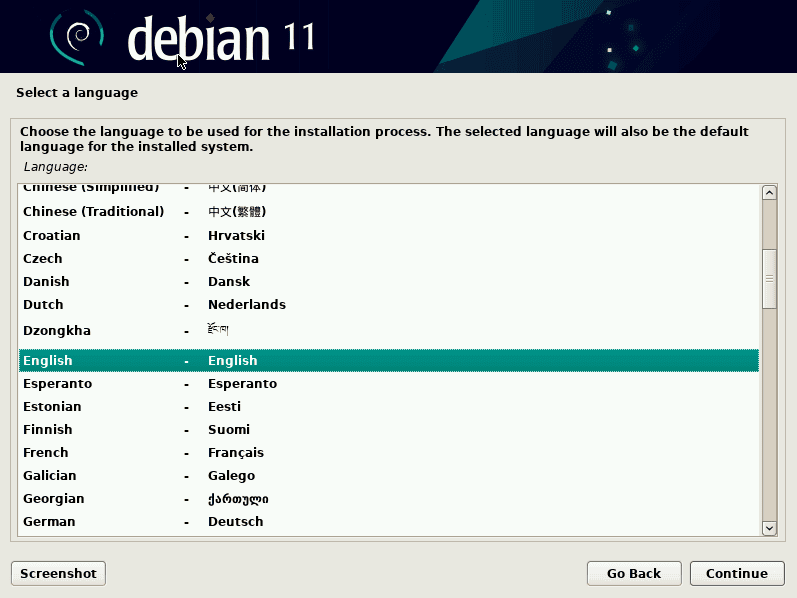
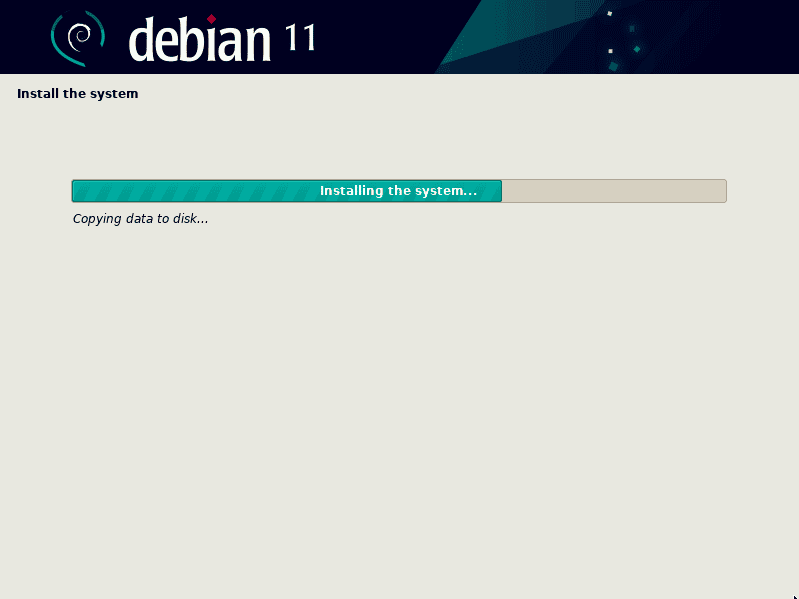
Debian 11 Bullseye Desktop Environments
Debian is a good choice for having a solid computing experience with Linux for those who don’t like to live on the edge. Debian 11 “Bullseye” ships with several different desktop environments, including:
- GNOME 3.38
- KDE Plasma 5.20
- LXDE 11
- LXQt 0.16
- MATE 1.24
- Xfce 4.16.
Improvements in Printing and Scanning
Printing and scanning are getting easier with Debian 11, thanks to improvements in the CUPS and SANE utilities. As a result, both are increasingly likely to be possible without the need for any driver (often non-free) specific to the hardware model, especially in the case of devices marketed in the past five years or so.
Persistent Logging
Systemd in Bullseye activates its persistent journal functionality by default, storing its files in “/var/log/journal/.” This should not interfere with any existing traditional logging daemon, such as rsyslog.
Still, users who do not rely on such a daemon’s special features may wish to uninstall it and switch to using only the journal.
Other Improvements
In Bullseye, systemd defaults to using control groups v2 (cgroupv2), which provides a unified resource-control hierarchy.
Debian 11 is the first release that provides a Linux kernel that supports exFAT and defaults to it for mounting exFAT filesystems. Consequently, the filesystem-in-userspace implementation provided via the “exfat-fuse” package is no longer required.
You can refer to the release notes for detailed information about all changes.
Supported Architectures
Debian 11 officially supports the following architectures:
- i386 & AMD 64-bit architectures
- 32-bit PC (i386) and 64-bit PC (amd64)
- 64-bit ARM (arm64)
- ARM EABI (armel)
- ARMv7 (EABI hard-float ABI, armhf)
- little-endian MIPS (mipsel)
- 64-bit little-endian MIPS (mips64el)
- 64-bit little-endian PowerPC (ppc64el)
- IBM System z (s390x)
Download Debian 11 Bullseye
Debian installer ISOs are hybrid images, which means they can be written directly into CD/DVD/BD media or USB sticks. You can get live Debian 11 images from its website. Both 32-bit and 64-bit images are available.
